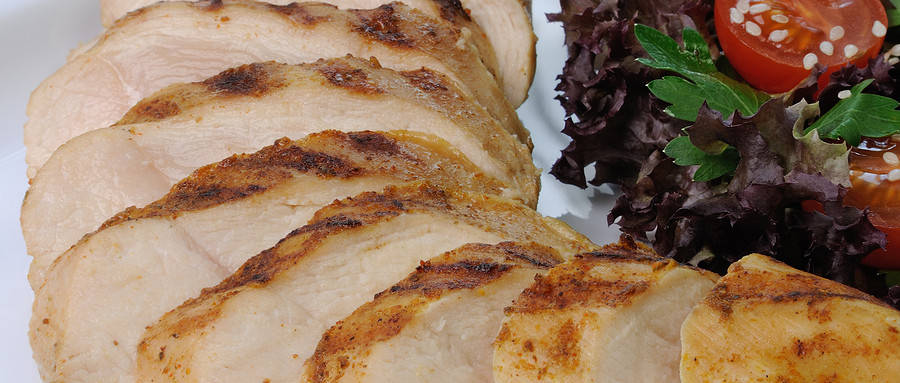This content is provided by the Pioneer Bird Blood Sugar Management Software! It helps you record blood sugar, blood pressure, and other health indicators, provides free tasting of sugar-free foods, as well as customized diet and exercise plans to accompany you in blood sugar control.
1. Diabetes, the “Sweet Killer” Not to Be Ignored
Diabetes, an apparently distant term, has become a significant health issue in our country and even globally. According to the latest data, the number of diabetes patients in our country has exceeded 114 million, ranking first globally. Diabetes not only brings physical pain to patients but may also lead to complications such as cardiovascular diseases, kidney diseases, retinal lesions, posing a serious threat to people’s health and lives.
The occurrence of diabetes is closely related to lifestyle, especially dietary habits. Rice, as one of the staple foods, plays a crucial role in diabetes patients choosing the right type of rice. So, what kind of rice can diabetes patients eat without raising blood sugar? Let’s explore this question together.
2. Rice Choices for Diabetes Patients
Brown Rice
Brown rice, as the name suggests, refers to rice that retains the outer layer of the grain. Compared to white rice, brown rice is rich in dietary fiber, vitamins, and minerals, which have several advantages for diabetes patients:
(1) Low glycemic index: Brown rice has a low glycemic index, consuming it will not lead to a rapid increase in blood sugar levels.
(2) High dietary fiber: The dietary fiber in brown rice helps slow down the rate at which food empties from the stomach, leading to a slower rise in blood sugar levels.
(3) Rich in nutrients: Brown rice contains abundant nutrients such as B vitamins, vitamin E, potassium, magnesium, which are beneficial for diabetes patients.
Black Rice
Black rice, known as “longevity rice,” has higher nutritional value than ordinary rice. Black rice has the following benefits for diabetes patients:
(1) Blood sugar reduction: Anthocyanins in black rice have a blood sugar-lowering effect, effectively controlling blood sugar levels.
(2) Antioxidant properties: The anthocyanins in black rice have strong antioxidant abilities, helpful in preventing diabetes complications.
(3) Low glycemic index: Black rice has a low glycemic index, suitable for consumption by diabetes patients.
3. How to Scientifically Consume These Two Types of Rice
Cooking methods for brown rice and black rice: Diabetes patients can use brown rice and black rice as the staple food, paired with vegetables, lean meat, and other ingredients to make dishes such as rice, porridge, and pastries. During the cooking process, pay attention to the following:
(1) Soaking in advance: Brown rice and black rice are not easily cooked, they need to be soaked for 2-3 hours before cooking.
(2) Moderate consumption: Diabetes patients should consume brown rice and black rice in moderation based on their own situation to avoid overeating.
To help diabetes patients better control blood sugar, many companies in our country have launched activities to receive free sugar-free foods. These sugar-free foods use low-sugar, low-fat, high-fiber ingredients that can satisfy taste while effectively controlling blood sugar. Diabetes patients can pay attention to related activities and actively participate in receiving them.
In conclusion, brown rice and black rice are good choices for diabetes patients. In daily life, pay attention to dietary combinations, engage in moderate exercise, use a blood sugar management assistant, and diabetes patients can enjoy good food and lead a healthy life. Let’s work together to overcome diabetes and embrace a better life!


